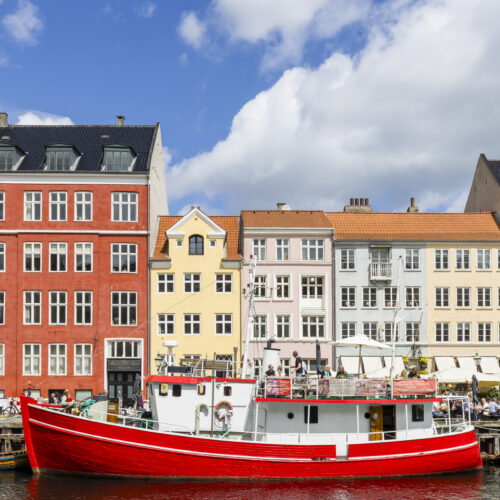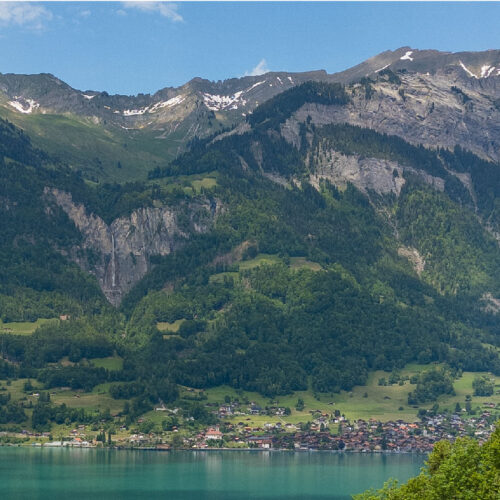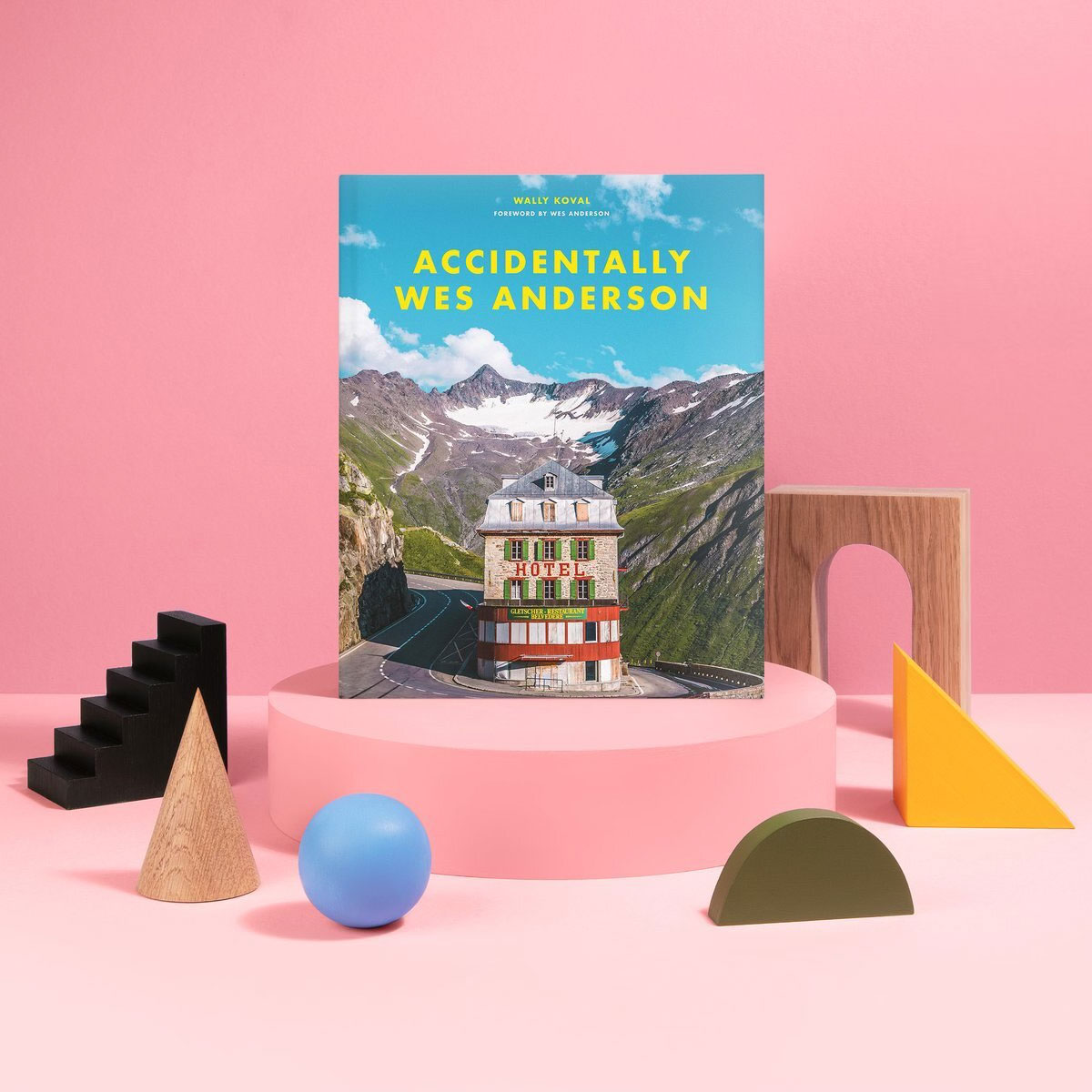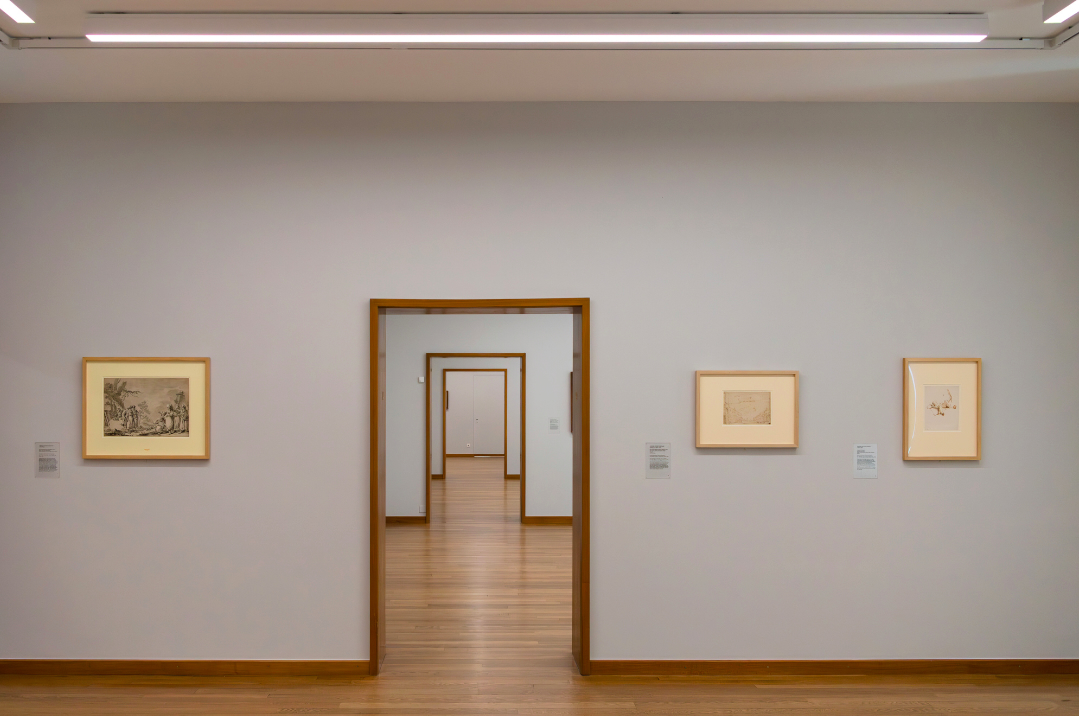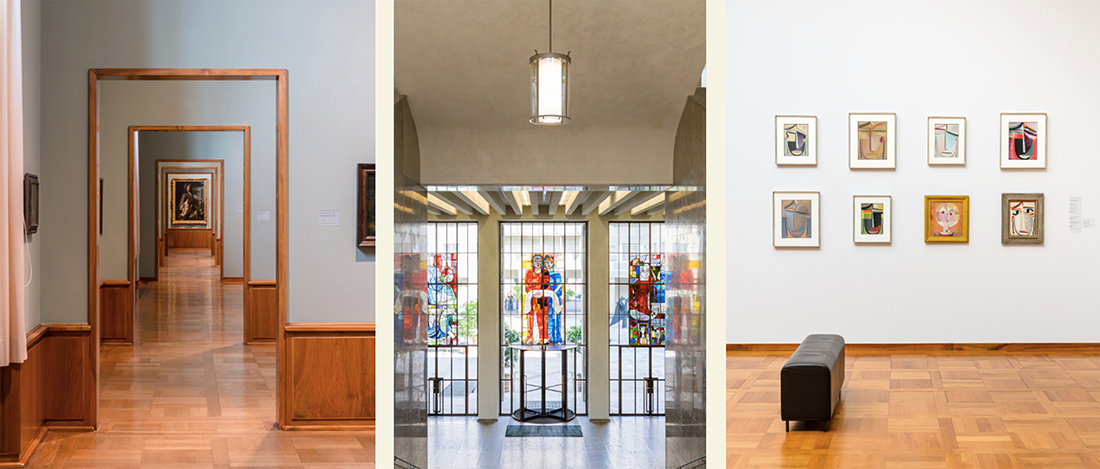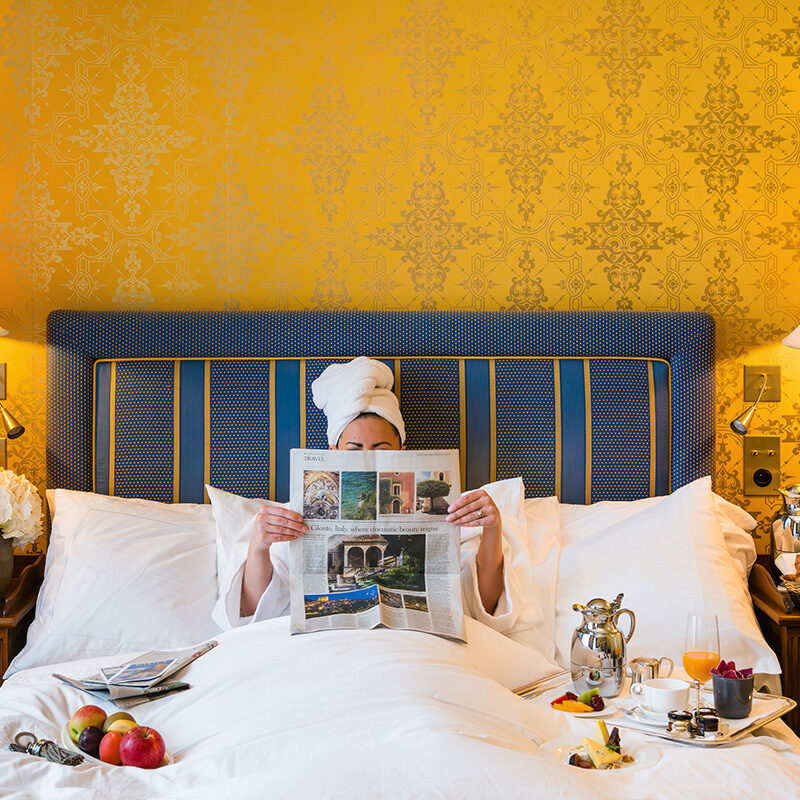It’s no secret that Basel, Switzerland is widely regarded as an art-centric city. Home to one of the most prestigious art fairs in the world, this city-on-the-Rhine attracts collectors, and enthusiasts from every corner of the globe to explore the city and its dozens of galleries – but one stands out among them.
Easel-y one of the most precious gems of the city’s art space is the Kunstmuseum Basel. Located in the heart of the city, this stunning scene has been operating since 1661 making it the oldest publicly accessible art museum, or in other words, it was the very first art gallery open to the public in the world! For example, it would nearly be another century and a half before the Louvre in Paris would be open to the public.
/ 2
Not only is it the oldest, but the museum’s assemblage of classical art colors the Kunstmuseum as one of the finest collections on earth. Works span the gamut from almost every well-known artist going back to the 15th century including Vincent van Gogh, Pablo Picasso, Claude Monet, Rembrandt van Rijn, Henri Matisse, Jackson Pollock, Paul Cézanne, Marc Chagall, Paula Modersohn-Becker, Sophie Taeuber-Arp, Lynda Benglis, Edgar Degas, and Paul Klee… just to name a few!
But the Kunstmuseum doesn’t rest on the laurels of these iconic artists from history; much like the city of Basel itself, it is committed to celebrating contemporary art just as loudly as the works of van Gogh or Monet (no disrespect to Vincent or Claude, of course!).
In fact, the Kunstmuseum is comprised of three buildings: one for art from pre-Renaissance to the 19th century, one dedicated to contemporary art, and the last devoted to temporary exhibitions. Some of the contemporary art that the Kunstmuseum houses includes works by Warhol, American painter Helen Frankenthaler, and artist and photographer Louise Lawler, among many, many more.
And as if the names of the artists that line the walls are not accolades enough, the museum is noted as a Swiss Heritage Site of National Significance. In 1939, the Kunstmuseum Basel acquired a significant collection of works by German-Jewish artists. These artists’ paintings had been labeled as “degenerate art” by the Nazi regime not only due to their modernist and avant-garde styles, which did not align with the regime’s ideals of art, but also because they were created by Jewish artists.
The Kunstmuseum recognized the artistic value and importance of these works. The acquisition included pieces by artists such as Ernst Ludwig Kirchner, Max Beckmann, and others who faced censorship and persecution under the Nazi regime. These works have been integrated into the Kunstmuseum’s collection and continue to be displayed, reflecting the museum’s unwavering commitment to preserving cultural heritage—regardless of the background of the artist—and acknowledging the history of artistic expression even under oppression.
The Kunstmuseum’s message is loud and clear that all art—regardless of time period, place of origin, artist background, or style—deserves to be equally uplifted and celebrated. And with nearly 10,000 square meters of space and 300,000 works of art to appreciate, you may want to dedicate a few days to exploring this one of a kind space and collection.

